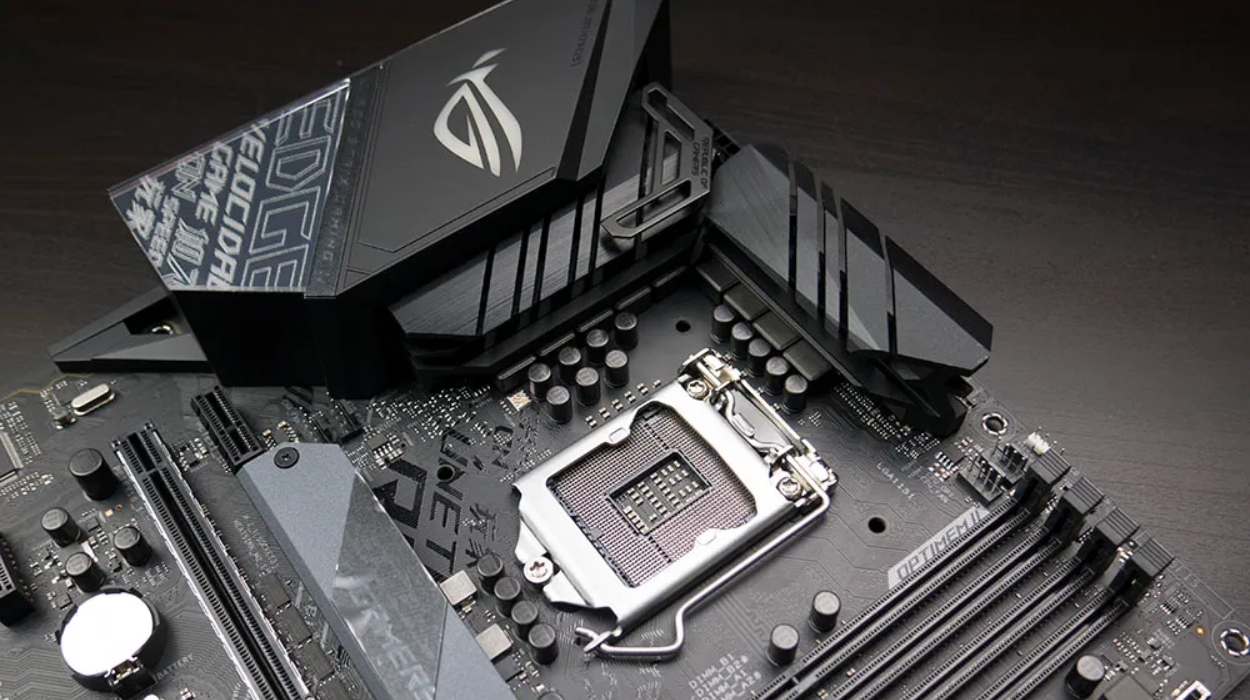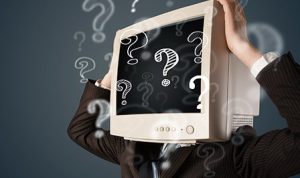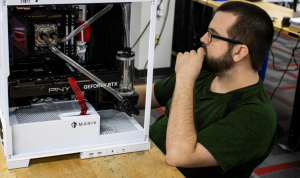A Beginner’s Guide to Motherboards and Their Functions opens the door to understanding one of the most critical components of a computer. A motherboard serves as the backbone of your system, connecting all essential parts and facilitating communication between them. Whether you’re contemplating a new build or simply curious about how your device operates, this guide will shed light on the various functions and significance of motherboards in today’s technology landscape.
From managing power distribution to enabling connectivity for CPUs, RAM, and peripheral devices, motherboards play an integral role in the performance and capabilities of computers. We’ll explore the different types of motherboards, their components, and how they affect overall system functionality, ensuring that by the end of this guide, you’ll have a solid foundation in understanding these essential devices.
In today’s fast-paced world, the demand for effective communication and connection has never been more important. With technology bridging gaps across distances, it’s crucial for individuals and businesses alike to harness the power of effective communication strategies to foster relationships, promote understanding, and drive success. This article delves into the fundamental principles of effective communication, the tools available, and the impact of digital communication on our society.Effective communication is not merely about exchanging information; it’s about understanding the intention behind the information.
It involves active listening, empathy, and the ability to convey messages clearly and concisely. Whether in personal relationships or professional settings, the way we communicate can significantly influence outcomes. Hence, mastering the art of communication is vital for anyone looking to enhance their interpersonal skills.One of the core components of effective communication is active listening. This involves fully concentrating, understanding, responding, and then remembering what is being said.
Active listening requires the listener to engage with the speaker, providing feedback that shows they are paying attention. This can be achieved through verbal affirmations, nodding, or summarizing what the speaker has said. By demonstrating that you value the speaker’s message, you create a comfortable environment for open dialogue, fostering better relationships.Empathy also plays a crucial role in communication. It involves understanding and being sensitive to the feelings, thoughts, and experiences of others.
When we approach conversations with empathy, we can connect with others on a deeper level, which enhances the effectiveness of our communication. This is especially important in conflict resolution situations where emotions can run high. By empathizing with the other person, we can better understand their perspective and work towards a mutually beneficial solution.In the age of information technology, various tools and platforms have emerged that facilitate communication.
Emails, instant messaging, video conferencing, and social media are just a few examples. Each platform has its own set of advantages and challenges. For instance, email allows for asynchronous communication, meaning that messages can be sent and received at the recipient’s convenience. However, the lack of non-verbal cues can sometimes lead to misunderstandings.On the other hand, video conferencing platforms like Zoom or Microsoft Teams have gained immense popularity, especially during the global pandemic.
These tools allow for face-to-face interaction regardless of geographical barriers, making it easier to build rapport and enhance understanding. However, they also require users to be mindful of their digital presence and the etiquette that comes with virtual communication.Social media, while offering a platform for widespread communication, presents its own challenges. The informal nature of social media can lead to misinterpretations and the potential for conflicts.
Therefore, it’s essential to remain professional and considerate even in casual settings. Crafting thoughtful and respectful messages can go a long way in maintaining a positive online reputation and fostering good relationships.In addition to the tools available, adapting one’s communication style to the audience is crucial. This involves recognizing the differences in communication preferences, cultural backgrounds, and emotional states of the individuals involved.
For instance, a formal presentation to corporate stakeholders will require a different approach than a casual conversation with friends. Being able to adjust your communication style accordingly not only demonstrates flexibility but also respect for the audience’s needs and expectations.The impact of digital communication on our society cannot be overlooked. On one hand, it has democratized information sharing and has made it easier for individuals to connect with others globally.
However, it has also contributed to the decline in face-to-face interactions, leading to a rise in feelings of isolation and disconnection among individuals. Striking a balance between digital and personal communication is essential for maintaining healthy relationships and mental well-being.Moreover, in the professional realm, effective communication is directly linked to productivity and success. Clear communication helps prevent misunderstandings, reduces errors, and fosters collaboration among team members.
Organizations that prioritize effective communication are more likely to see higher employee engagement, increased morale, and improved overall performance.To cultivate effective communication skills, individuals can engage in various practices. For starters, seeking feedback from colleagues or peers about one’s communication style can provide valuable insights. Additionally, participating in workshops or training programs focused on communication can help individuals develop their skills further.Practicing mindfulness can also enhance communication skills.
By being present and fully engaged in conversations, individuals can better understand their own emotions and reactions, as well as those of others. This awareness can lead to more thoughtful and deliberate communication, reducing the likelihood of conflicts arising from miscommunication.Finally, it’s important to remember that communication is a two-way street. Encouraging open dialogues, where feedback is welcomed and valued, creates a culture of communication that is constructive and positive.

This approach not only enhances individual relationships but also strengthens organizational culture.In conclusion, effective communication is a multifaceted skill that can significantly impact all areas of life, from personal relationships to professional success. By focusing on active listening, empathy, and adapting communication styles, individuals can foster deeper connections with others. Utilizing the right tools while being mindful of the challenges they present can also enhance communication efficacy.
Ultimately, prioritizing effective communication leads to enriched interactions and a more connected society. As we navigate this digital age, let us strive to communicate with intention, respect, and clarity, ensuring that our messages resonate and cultivate understanding among all.





